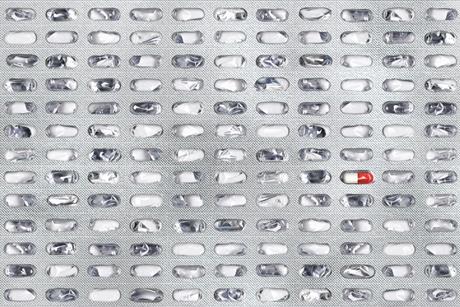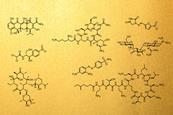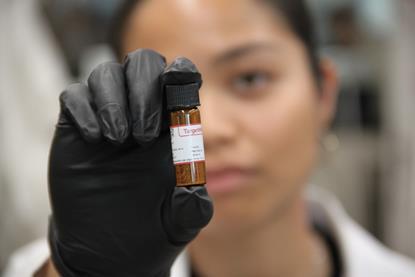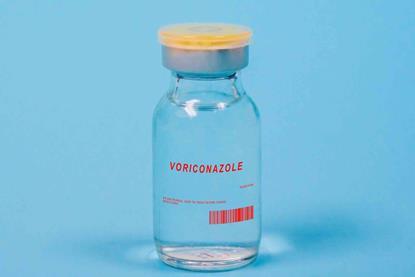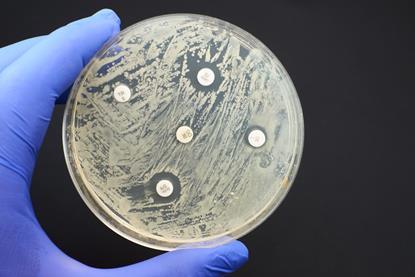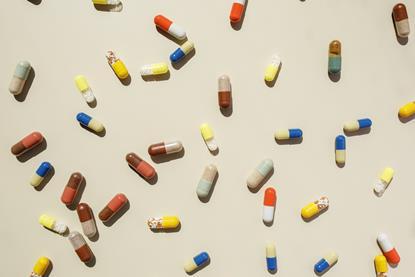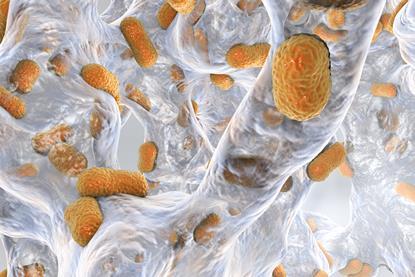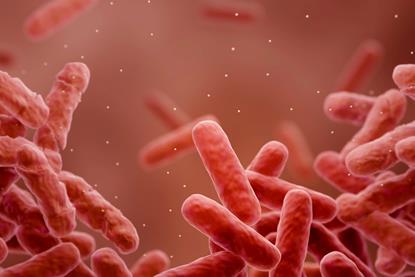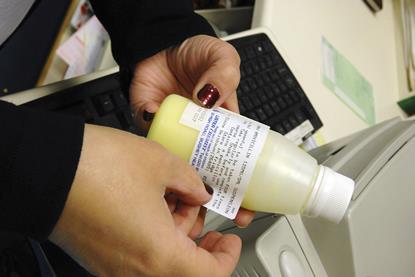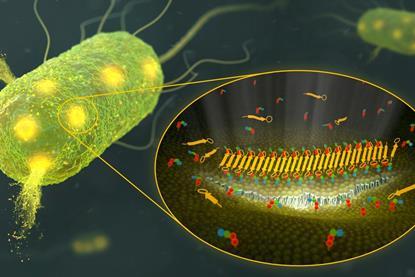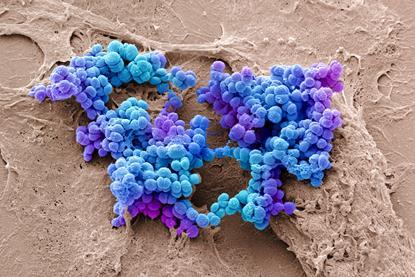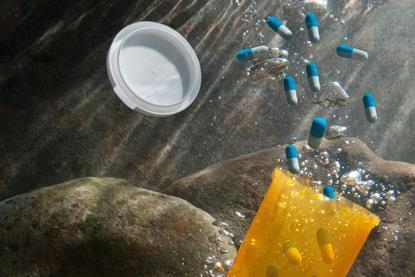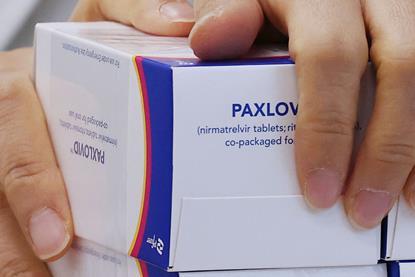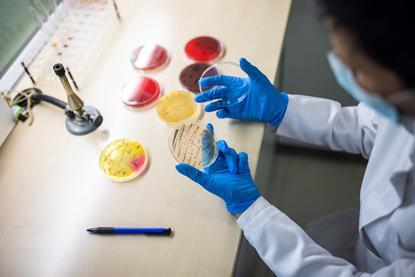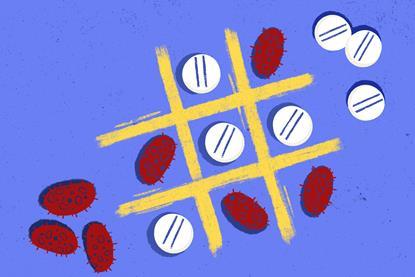Antimicrobial resistance
In this collection, we explore the critical issue of antimicrobial resistance, covering the latest research on antibiotic mechanisms, microbial evolution, resistance detection methods, and strategies for combating antimicrobial resistance in healthcare and the environment.
The drug developers fighting the antibiotic resistance problem
Andy Extance talks to the researchers innovating across different drug classes in the hunt to develop new treatments
Who will pay for new antibiotics?
Governments around the world are starting to consider alternative funding models and incentives for antibiotics. Katrina Megget asks if it is enough
Charting the rise in antimicrobial resistance
We look at the data behind antibiotic drug discovery and development, bacterial resistance and the financial problems with the current business model
How can we maintain the effectiveness of existing antimicrobials?
Reducing environmental pollution and tackling quality issues to stave off resistance
If the drugs don’t work
A world without antibiotics would be a terrifying place
Resistant to change
Curbing industrial practices that drive antimicrobial resistance needs tighter regulation and enforcement
Surviving in the war of all against all
Cancers and bacteria develop resistance to drugs in remarkably similar ways
Catching the citizen science bug
Involving the public in research tackling superbugs
Antimicrobial resistance: Exploring the One Health perspective and wastewater monitoring
The challenges created by antimicrobial resistance are only set to grow. Join us to equip yourself with the most up-to-date facts and knowledge
- Research
AI cut development time of antibiotic that spares gut-friendly bacteria by two years
Animal tests show promise to target invasive strain of E. coli but approval for use in humans is still years away
- Research
New class of antifungals show potent effects against priority pathogens
Coniotins, found in another fungus, is effective against drug-resistant pathogenic fungi
- News
Fleming Fund closure threatens global efforts to fight antimicrobial resistance
Public health experts worry low- and middle-income countries will suffer from UK shutting programme
- Research
Non-antibiotics with antibacterial activity could help in the fight against antimicrobial resistance
New analysis shows that non-antibiotic drugs kill bacteria through mechanisms that differ from those of conventional antibiotics
- Research
Pre-organising antibiotic structure could aid fight against resistance
Strategy that produced new antibiotic could allow researchers to repurpose existing antibiotics
- Research
Machine learning identifies promising antibacterial ruthenium-based drug candidates
Algorithm demonstrated a success rate six times higher than a random screening against resistant bacteria
- Research
Antibiotic adjuvant designed to subvert bacterial defence mechanisms
Amphiphilic molecule helps obsolete antibiotics accumulate and act within bacteria
- Research
Mapping antibiotic’s binding of its target points to way to give drugs the killer edge
Technique that creates a comprehensive catalogue of mutations in antibiotic’s target reveals how drugs might be improved
- Research
Synthetic peptide mimics can act as antivirals
Peptoids disrupt enveloped viruses’ lipid membranes as well as targeting fungi and bacteria
- Research
Revived Neanderthal and Denisovan peptides show antibiotic activity
Molecular-scale ‘Jurassic Park’ process could uncover new medicines
- News
UK to invest £210 million in global effort to monitor antimicrobial resistance
Funds will support upgrades to laboratories and staff training
- Research
Ancient microbial natural products reconstructed from Neanderthal dental plaques
Palaeogenomic approach allows natural product researchers to ‘go back in time’
- Business
UK antibiotics supply chain stretched by surge in Strep A infections
Government enacts protocols to enable substitute treatments and recommends preventive prescriptions in severe cases
- Research
Teixobactin’s two pronged antibiotic attack mechanism revealed
Understanding of formation of deadly supramolecular structures could help build improved antimicrobials
- Research
Molecular machine drills holes in antibiotic-resistant bacteria killing them
Bacteria aren’t able to develop resistance against nanomotor’s deadly action
- Research
Breaking bacteria’s genetic silence to synthesise antibiotics that evade resistance
Prospecting in bacterial genomes offers hope in search for new antimicrobial drugs
- Business
UK takes subscription approach for new antibiotics
Decoupling payment from prescriptions helps preserve last-line antibiotics and encourage R&D
- Research
Extent of pharmaceutical pollution on every continent on Earth revealed
Largest study of its kind creates map of drug contamination hotspots
- Opinion
The shadow of drug resistance
Why do some medicines stop working, and can we avoid it for Covid-19 antivirals?
- Feature
Supermetals versus superbugs
With pathogenic bacteria rapidly overcoming our arsenal of organic antibiotics, James Mitchell Crow asks if it is time to revisit metal-based antimicrobials
- Research
Blocking bacteria’s self-poisoning mechanism weakens their antibiotic resistance
Stopping bacteria from producing hydrogen sulfide in response to drugs could help overcome antimicrobial resistance
- Business
Striving to bolster the antibiotic pipeline before it becomes the next crisis
It’s been almost 10 years since the world was warned of a post-antibiotic apocalypse. Katrina Megget takes a look at the initiatives trying to support antimicrobial R&D
- Research
Machine learning tool sets out to find new antimicrobial peptides
IBM researchers say their fully automated AI-driven system could speed up the discovery of molecules for novel antibiotics
- News
Oxford University to open antimicrobial research centre after £100m donation from Ineos
Petrochemical giant highlights dangers of antibiotic resistance
